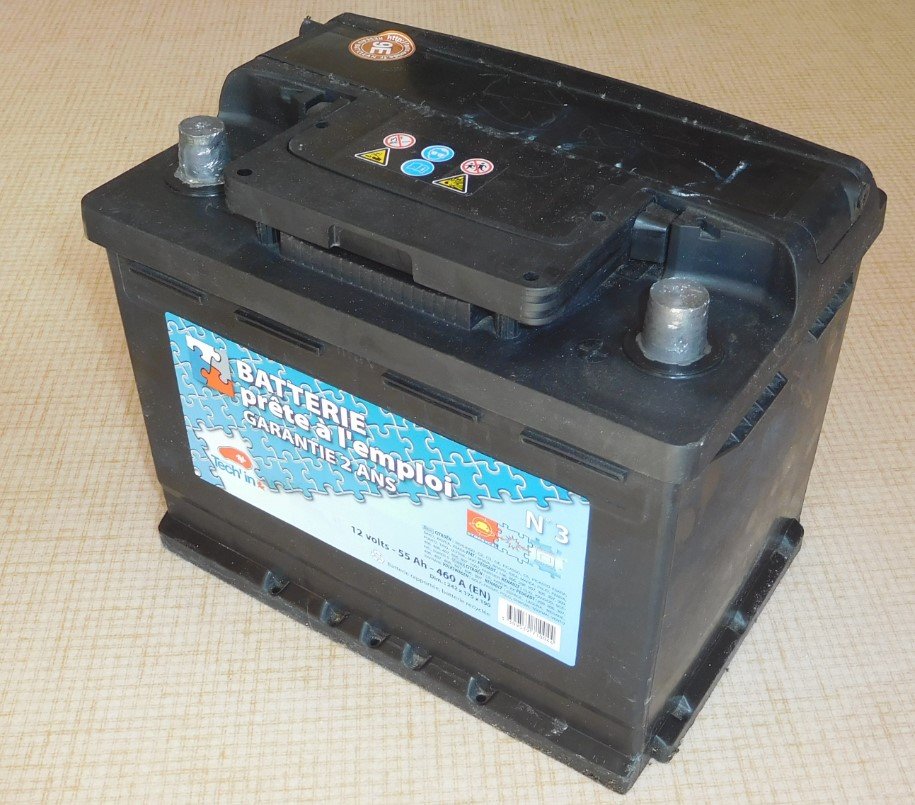Market Dynamics and Segmentation
The automotive lead-acid battery market is segmented based on vehicle type, product type, and customer segment. The passenger car segment dominates the market, driven by the widespread use of lead-acid batteries for starting, lighting, and ignition (SLI) purposes. These batteries are also essential for powering vehicle accessories such as air conditioners, radios, and charging plugs. The commercial vehicle segment is also significant, with lead-acid batteries providing reliable power for heavy-duty applications.
Product-wise, the market is divided into SLI batteries and micro-hybrid batteries. SLI batteries hold the largest market share due to their extensive use in conventional vehicles. Micro-hybrid batteries, which offer enhanced performance and efficiency, are gaining traction, particularly in hybrid electric vehicles (HEVs). The market is further categorized into flooded batteries, enhanced flooded batteries, and valve-regulated lead-acid (VRLA) batteries. Flooded batteries are the most common type, known for their durability and cost-effectiveness.
The customer segment is bifurcated into original equipment manufacturers (OEMs) and the replacement market. OEMs currently represent the leading segment, driven by the continuous production of new vehicles. The replacement market is also substantial, as lead-acid batteries need periodic replacement due to their limited lifespan.
Regional Analysis and Competitive Landscape
Geographically, the Asia Pacific region holds the largest market share, followed by North America and Europe. The dominance of the Asia Pacific region is attributed to the high production and sales of vehicles in countries like China, Japan, and India. The region’s growing automotive industry and increasing consumer demand for vehicles are key factors driving market growth. North America and Europe are also significant markets, with a strong presence of leading automotive manufacturers and a high adoption rate of advanced battery technologies.
The competitive landscape of the automotive lead-acid battery market is characterized by the presence of several key players, including C&D Technologies Inc., Clarios, East Penn Manufacturing Company, EnerSys Inc., Exide Industries Ltd., and GS Yuasa Corporation. These companies are focusing on strategic initiatives such as mergers and acquisitions, partnerships, and product innovations to strengthen their market position. For instance, collaborations between battery manufacturers and automotive companies are aimed at developing advanced battery solutions to meet the evolving demands of the automotive industry.
Future Prospects and Challenges
The future of the automotive lead-acid battery market looks promising, with several growth opportunities on the horizon. The increasing production and sales of vehicles, coupled with the rising demand for electric and hybrid vehicles, are expected to drive market growth. Technological advancements in battery design and manufacturing processes are also anticipated to enhance the performance and efficiency of lead-acid batteries.
However, the market faces challenges from alternative battery technologies, such as lithium-ion batteries, which offer higher energy density and longer lifespan. The toxic nature of lead and sulfuric acid used in lead-acid batteries poses environmental concerns, leading to stringent regulations on battery disposal and recycling. To address these challenges, manufacturers are investing in research and development to improve the sustainability and performance of lead-acid batteries.
In conclusion, the automotive lead-acid battery market is set for steady growth over the next decade, driven by the increasing demand for vehicles and advancements in battery technology. While facing competition from alternative battery technologies, lead-acid batteries remain a reliable and cost-effective solution for automotive applications. The market’s future will be shaped by technological innovations, regulatory developments, and the evolving needs of the automotive industry.

















